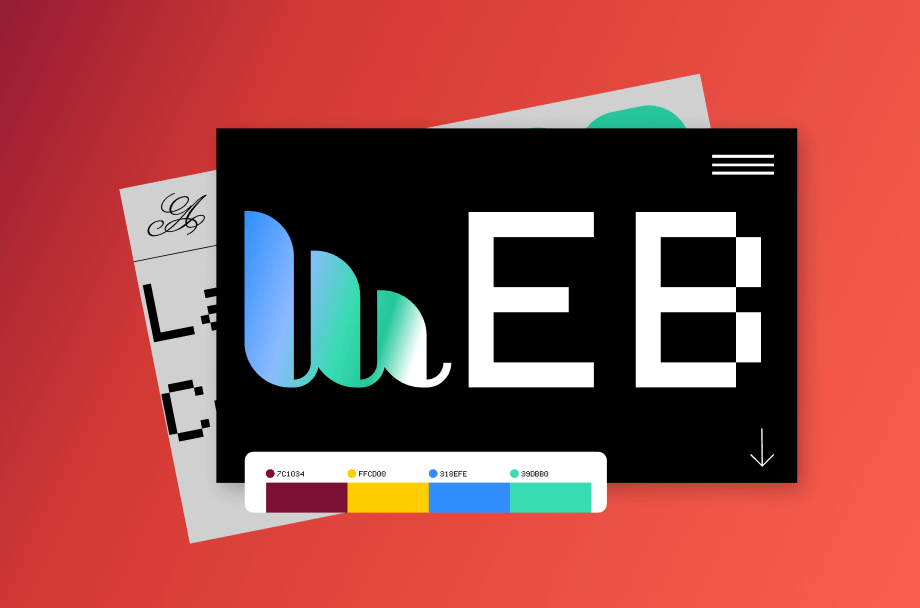Introduction: Learning web design may be a difficult endeavor, particularly businesses looking to improve their online visibility. But learning web design is totally doable with the correct strategy and resources.

1. Define Your Goals:
- Before diving into web design, it’s crucial to clarify your objectives firstly. Determine what you aim to achieve with your website, whether it’s increasing brand visibility, generating leads, or improving customer engagement. Moreover, this clarity will guide your learning process and help you focus on relevant skills and techniques.
2. Research and Gather Resources:
- Additionally, start by researching reputable resources and materials to learn web design. Online courses, tutorials, and books are valuable sources of knowledge. Moreover, platforms like Coursera, Udemy offer comprehensive courses covering various aspects of web design, from HTML and CSS to responsive design and user experience.
3. Understand the Basics:
- Furthermore, familiarize yourself with the fundamental concepts of design, including HTML, CSS, and JavaScript. Moreover, these languages form the building blocks of web development, and a solid understanding of their principles is essential for creating functional and visually appealing websites.
4. Practice Regularly:
- Therefore, the key to mastering web design is consistent practice. Set aside dedicated time each day or week to work on design projects, experiment with different techniques, and refine your skills. Practice not only strengthens your abilities but also fosters creativity and innovation.
5. Seek Feedback and Collaboration:
- Furthermore, don’t hesitate to seek feedback from peers, mentors, or online communities. Join forums, attend design meetups, or participate in collaborative projects to receive constructive criticism and learn from others’ experiences. Embrace feedback as an opportunity for growth and refinement.
6. Stay Updated with Trends and Technologies:
- The field of web design is constantly evolving, with new trends and technologies emerging regularly. Moreover, stay updated with the latest developments by following industry blogs, attending conferences, and exploring innovative design tools and frameworks. Adapting to change is essential for staying relevant in the competitive landscape of web design.
7. Test and Iterate:
- Therefore, once you’ve designed your website, don’t forget to test it thoroughly across different devices and browsers. Moreover, user testing and feedback can uncover usability issues and areas for improvement. Iterate on your design based on user feedback and analytics data to create an optimal user experience.
8. Embrace Continuous Learning:
- Web design is a dynamic field that requires continuous learning and adaptation. Embrace a growth mindset and remain open to acquiring new skills and knowledge. Invest in ongoing education and professional development to stay ahead of the curve and continue refining your design skills.
Conclusion: Businesses who are prepared to put in the time and effort to learn can achieve their aim of becoming experts. Finally, businesses can confidently navigate the complex world of web-design, improving their online presence and achieving success in the digital sphere, by setting clear goals, assembling resources, comprehending the fundamentals, practicing frequently, getting feedback, keeping up with trends, testing and iterating, and embracing continuous learning.



